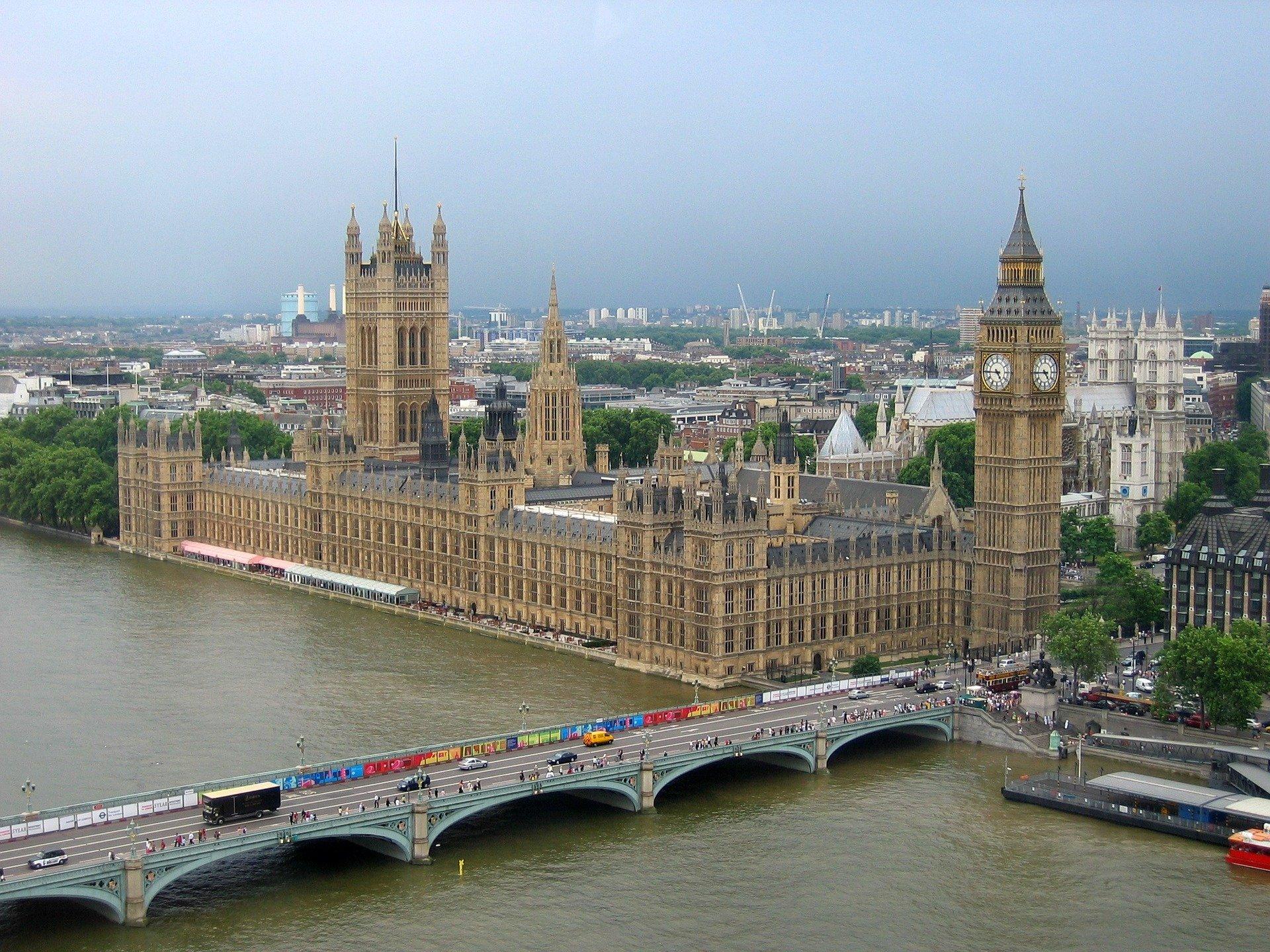GEG WP 2008/38 International Monetary Fund: Retrospect and prospect in a time of reform
The International Monetary Fund (henceforth ‘the IMF’ or ‘the Fund’) was conceived at a conference at the Mount Washington Hotel in Bretton Woods, New Hampshire, in July 1944 and its Articles of Agreement entered into force in December 1945. The World Bank (henceforth ‘the Bank’) was set up at the same time. The IMF was established to promote international monetary cooperation and the elimination of exchange restrictions on current account transactions; to facilitate trade, economic growth and high levels of employment; to foster exchange rate stability, and to provide temporary financial assistance to countries so as to ease balance of payments adjustment. More specifically, it was given the role of supervising a system of pegged but adjustable exchange rates, which became known as the Bretton Woods System. In the first two sections of this paper we explain how the Bretton Woods system worked, and why it broke down in 1971. In the following sections we consider the roles which the Fund now plays, which differ from its original activities. They are: surveillance, ensuring stability for the international financial system and for individual economies within this system, and assisting the world’s poorest economies. As part of each of these three activities, the Fund also provides policy advice and technical assistance. This is a much less clear collection of responsibilities, and, as a result, the future direction of the Fund is somewhat uncertain. The aim of this paper is to review the achievements of the Fund, and also the challenges that lie ahead. A related overview of some of the issues discussed here can be found in Gilbert and Vines (2004)




